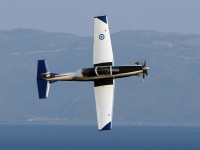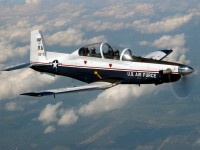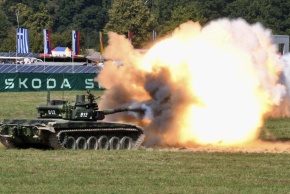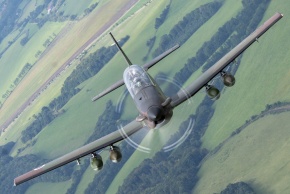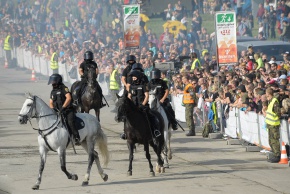T-6 Texan II
Training aircraft are essential for all air forces, because pilots train in them before moving on to more powerful machines. One of these popular turboprops is the Beechcraft T-6 Texan II, which is used for training by the USA and Greece.
The T-6 Texan II is a single-engine two-seat turboprop low-wing aircraft from Raytheon Aircraft Company (now Beechcraft Corporation) that was designed to have the flight characteristics of a jet aircraft. Its main feature is an advanced cockpit that simulates the environment of modern fighters and facilitates transition to them. The machine is powered by a Pratt & Whitney Canada PT6A-68 (1,100 hp) turboprop engine. Thanks to its excellent thrust-to-weight ratio, the aircraft can climb to an altitude of 945 m per minute during the initial climb, and is capable of reaching an altitude of 5,486 m in less than six minutes.
The T-6 Texan II first flew in July 1998. The design is based on the Pilatus PC-9 aircraft, which was modified for the Joint Primary Air Training System to allow U.S. Air Force and U.S. Navy pilots to train on a single machine.
In addition to the United States and Greece, these machines are also used by the air forces of Israel, New Zealand, Morocco and Iraq. In total, more than 850 units have been produced so far.
Specifications |
|
|---|---|
| Wingspan | 10.19 m |
| Length | 10.16 m |
| Height | 3.25 m |
| Empty weight | 2,135 kg |
| Max takeoff weight | 2,948 kg |
| Maximum speed | 586 km/h |
| Service ceiling | 9,400 m |
| Range | 1,700 km |
